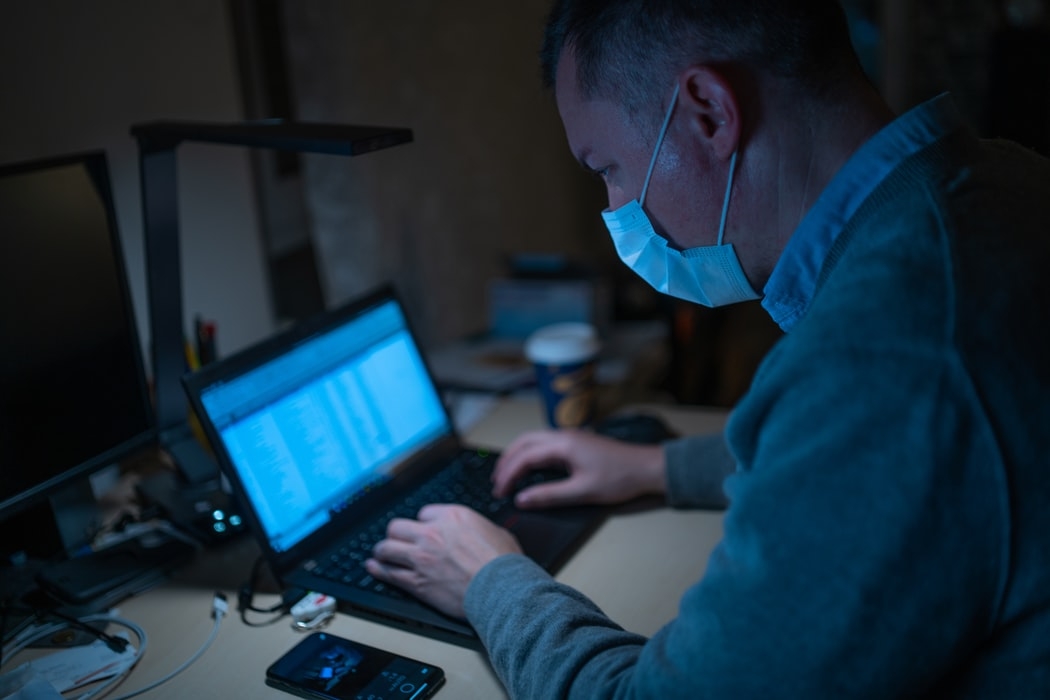The ongoing novel coronavirus (2019-nCoV) outbreak has dominated headlines and captured public attention over the last several weeks. And with good reason: Thousands of cases and hundreds of deaths from the virus have been confirmed globally, according to the World Health Organization, which has declared the outbreak a public emergency of international concern.
Although the overwhelming majority of reported cases have been in China, cases have been reported in several other countries, including the U.S., U.K., Canada, France, Germany and Japan. This has fueled concerns that the disease could ultimately become a global epidemic or pandemic.
In the face of this risk, it’s important that businesses take steps to plan for and protect against the possibility that the outbreak worsens and the potential implications for revenues, operations, customers, vendors and, especially, employees. Employers should make their people a top priority and work to both protect their health and keep them well-informed.
In doing so, however, employers must avoid overreacting or implementing certain measures prematurely, which could complicate their response and harm their relationships with employees.
Understanding the Virus
As public health officials work to develop preventive and curative measures, it’s important for employers to be aware of the nature of the virus and to share information with employees.
The novel coronavirus typically causes mild-to-moderate upper respiratory tract symptoms in healthy individuals, including difficulty breathing, fever, cough, and fatigue; these symptoms could be easily confused with those of the common cold or flu. The incubation period for the virus ranges from two to 14 days. It is believed to be spread through close contact with individuals who are actively coughing and sneezing.
Instances of human-to-human transmission outside of China — including one reported case in the U.S. — have been limited to date, but this could change over time.
Planning for Worst-Case Scenarios
Given public health threats in recent years — from Ebola, Zika and other pathogens — many businesses have already put considerable thought into their potential response to outbreaks, epidemics and pandemics. For those that haven’t previously done so, the first step is to put together a planning group dedicated to the current outbreak or to epidemic/pandemic response more broadly. Ideally, this group can fit into an organization’s existing crisis management, employee health and safety and/or business continuity frameworks.
Rather than waiting for questions to be asked, this group should aim to anticipate and proactively address senior leaders’ concerns about a continuing — and potentially worsening — outbreak. A significant focus for the group should be considerations for employees, including the following.
Employee Health and Hygiene
Employees should be advised of recommendations from the WHO and other health authorities to help prevent illness and limit the spread of the virus. These recommendations include:
- Using the inside of a flexed elbow or a tissue when sneezing or coughing
- Washing hands frequently, including after coughing, sneezing and touching surfaces touched by others
- Avoiding hand-to-mouth and hand-to-nose contact
- Avoiding close contact with anyone showing symptoms
- Receiving flu vaccinations to minimize confusion of symptoms
Employees who have recently traveled to Hubei province, where the outbreak originated, or been exposed to someone with the condition should be advised to stay away from workplaces for 14 days and ensure that health care providers monitor and evaluate any symptoms. Employees who have been in contact with infected individuals should monitor their temperature twice daily over a period of 14 days and watch for any symptoms that may develop. They should also contact their health care providers for instructions.
Employees who show symptoms but have neither traveled to China nor been in close contact with infected individuals may be suffering from the flu or common cold. These employees should seek guidance from health care providers while avoiding contact with others.
Employers should communicate with employees about any telemedicine options that are available to them; consultations with medical professionals via telemedicine could help ease employees’ fears about visiting hospital emergency rooms and other health care facilities where viruses often spread. If the outbreak worsens, employers could also consider making available alcohol-based hand sanitizer and face masks — which have proven partially effective in reducing the spread of viruses — and encouraging all employees showing any symptoms to stay away from workplaces.
Paid Family Leave and Sick Leave
It’s important for employers to consider not only their employees’ needs but those of their families. And it’s important that employees feel supported by their employers during a time of crisis.
During an outbreak, epidemic or pandemic — and without the right assurances from employers — employees could become so concerned with losing income that they will continue to work even if they or members of their families fall ill. If the outbreak worsens, employers should consider whether to expand or extend policies related to paid family leave and sick leave. Such potential changes, however, should be balanced against concerns about employee absenteeism and reduced productivity.
Telecommuting and Travel
Several governments and public health authorities — including in the U.S. and U.K. — currently recommend avoiding nonessential travel to China and all travel to Hubei province; Russia, meanwhile, has closed its land border with China. Any employees who must travel to the region should be aware of the WHO’s recommended precautions, including exercising good hygiene, thoroughly cooking meat and eggs and avoiding contact with live animals.
If the virus spreads, employers may wish to consider halting all business travel. Additionally, allowing employees to work from home — even if they are not symptomatic — and enabling virtual meetings could help to limit the spread of the virus and assuage employee fears about exposure to it.
In making such decisions, employers should consider operational impacts — for example, whether virtual private networks and other technology systems can accommodate more remote workers and whether critical business can be conducted without face-to-face communication.
Taking a Measured Approach
At this stage, employers should be asking critical questions and considering their potential responses. And in China, specifically, the volume of reported coronavirus cases and fears about it spreading further have already prompted strong measures by employers, health authorities and government officials. These include quarantines, severe travel restrictions and the temporary closure of many businesses.
Given the justified concern for potential operational impacts and their employees’ well-being, the initial instinct for some multinational businesses may be to enact such measures immediately and globally. But for most organizations — and in most geographies — now is not the time to overreact.
Employers should be mindful that, as of early February 2020, the likelihood that an otherwise healthy individual who has not recently visited China or had close contact with someone with the coronavirus will contract it appears to be low. And taking sudden, visible action too early — such as mandating that all employees work from home — could send the wrong message to employees.
Coronavirus or epidemic/pandemic planning groups should instead think carefully about how and under what conditions to activate elements of their plans. These groups should set precise criteria — relying on guidance from governments and public health authorities — for thresholds at which to implement specific policies and procedures. For example, it may be appropriate for businesses to distribute face masks and mandate social distancing and telecommuting in the event of a confirmed case involving an employee or an employee’s family member.
Communication Is Key
While preparing for possible action as the outbreak continues, planning groups should focus on communicating with senior leaders and employees. Working groups should provide senior executives and managers with information and insight to help them make sound decisions that address operational needs and ensure employees’ well-being.
Employees, meanwhile, should know senior leaders are monitoring the spread of the virus and are ready to escalate response actions as needed. Arming employees with information — about the outbreak’s progress, employers’ responses and efforts by governments and public health officials to combat it — and using the right tone in communications can provide comfort to employees, correct misconceptions about the novel coronavirus and limit fear and anxiety.




402x402.jpg.imgix.threeColumnTile.jpg)
